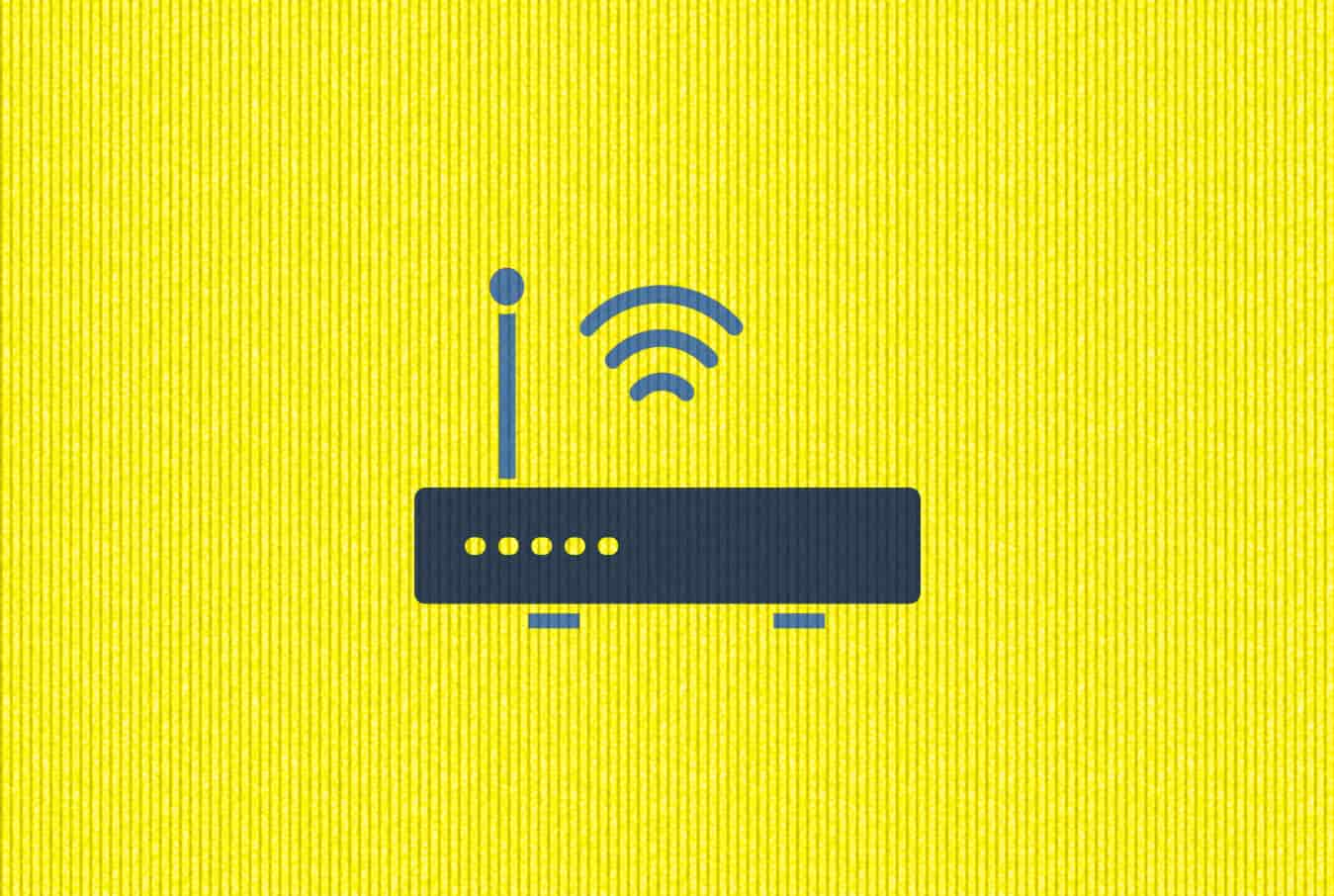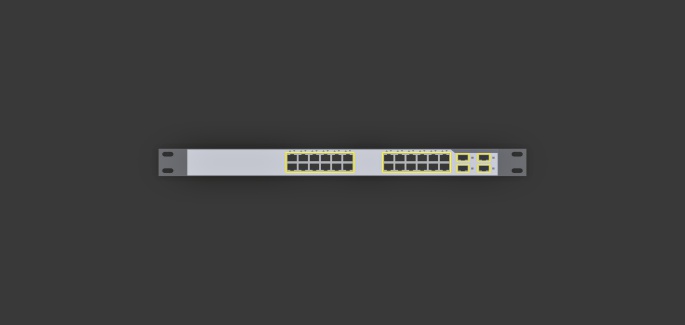Highly useful and practical as they are, wireless routers can cost us a lot if we fail to secure them properly. It is not only a few cases of hackers, scammers, and even identity theft that keep on appearing in the daily news headlines. Some of these arise out of the poor security set-up some of us have for our wireless router connections; at the office, home, or other premises, we use our routers.
The world is advancing, and we can’t go back to the initial times when the brandwidth connection was only via cables. That was too cumbersome and far much expensive at the same time. What we would instead do is finding premium ways to keep out wireless routers free from any security threats.
However, at the same time, Several practical ways have been used in the past and even now to ensure such security. The list below gives you the topmost tips on how to go about it stressfree.
Reasons why you need to secure your wireless router
Increased internet monthly bill: In case you are paying your internet bills per data transfer, it means if your router is being used by several people, the bill will go up. You should be careful about this. Your neighbors might be using your internet to download large files for free and without your consent.
Decreased internet speed: High traffic in your network does influence the low connection. If you are sharing your network unknowingly with other lots of people, then even loading a page will take ‘years.’
Security hazard: Through your network, hackers can access your private files and passwords and use them maliciously.
So how, therefore, do you set up your network securely?
Ways to securely set up your wireless router
It is not like all new routers you buy are usually insecure, no. The manufactures only put in default security settings, which in most cases are common to all their productions. The rest remains on you to ensure you always keep safe your router’s network. Below are essential tips on how you can go about this.
- Change login credentials and password
As default set up, manufacturers tend to have the same login credentials as well as passwords for their produced routers. Due to how complicated they appear, some people assume safe precautions and instead go ahead using the router without altering any of this information. The result of it is that those who already know these default settings will easily log into your network without your consent.
Always ensure to change this information before starting to utilize your router. The use of complex alphanumerics characterized by multiple characters for a password is highly recommendable. Again, avoid using such usernames easy to guess like your names or that of your family member, instead chose one which no one will possibly think of.
- Always use WPA2 to secure your wireless network
Choosing the most secure encryption options is highly advisable while setting up the security settings of your router. So far, the Wi-Fi Protected Access 2 is on the lead as the very best network security technology option you can have for your router. What is does is scrambling both the incoming and outgoing router traffic. Meaning, those within your range of network coverage will only see the encrypted version of it.
- Disable WPS
The ideology behind the Wi-Fi Protected Setup (WPS) creation was that it might be a quicker connection method between a device and a wi-fi network. It was to work when you press a button on the router and again on the device. That made the pairing more automated.
However, it gave an option of using the Personal Identification Number, commonly referred to as PIN, to create this connection as well. This PIN only contains eight characters as opposed to the 16, which typical routers use. The research report on its use indicates that through specialized software, a combination of possible usernames can easily lead to the hacking of such networks. Technological experts term the attack as a brute force attack.
Hence, to add more security to your router is to ensure you disable the WPS. Some manufacturers always have their routers showing enabled WPS; however, do not allow PIN-based authentication.
- Set up a guest network
If your guest has to use your network, it will be important they use a guest network. The positivity in this is that you do not have to share your primary login credentials and passwords with them, as that is highly risky. The new network works on a unique SSID as well as a password. Hence, it keeps your primary network restricted.
Such restrictions will keep your primary network safe from malicious usage by some of your ill-motive guests. Also, it is a proper way to guard your network from viruses and malware from other devices.
To learn more visit: mybestwirelessrouters.com
- Keep the router’s firmware updated
New security threats on router’s networks keep on changing and upgrading, as well. Therefore, you always need to keep your router’s firmware updated to manage the latest risks. Some routers have this upgrade process automated in their software, and that makes it all easy. However, there are some which will require you to either download the new ones via the website or through their ‘settings’ menu.
- Design an online schedule for your network
The schedule here refers to when you want your system to stay active and when not. If you are not smart devices like coffee makers or refrigerators, you can always have specific times that you activate your network or deactivate it. As such, it will ever not present for potential hackers.
Conclusion
Waiting until threat strikes to incorporate all the above tips may be too much risk. The earlier you secure your router’s network, the better. Each router comes with a unique guide on how to keep your network safe. It is always essential that you keep a keen note of it.
Crimes on wireless routers can be worse. If you lose your bank details to the hacker, you know how that could be. If someone uses your network to commit malicious acts, I hope you know what would follow an arrest for a crime you never committed. The breakthrough here is only ensuring your network remains safe.











